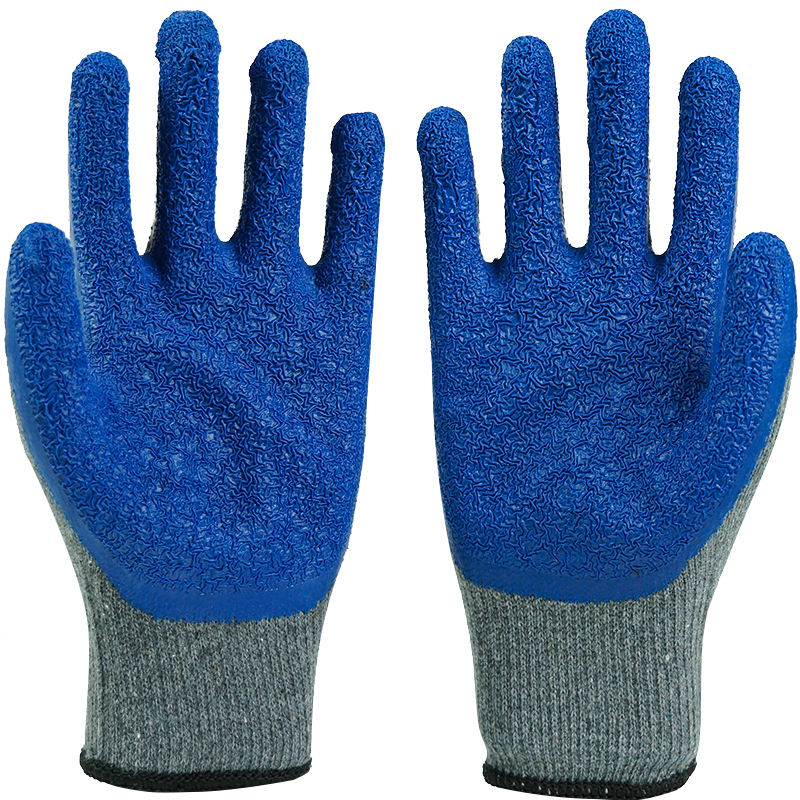safety clothing for wood factories
Safety Clothing for Wood Factories Ensuring Worker Protection
Wood factories are vibrant places of activity, where saws whirr, machines roar, and lumber is transformed into a plethora of products. However, this bustling environment also presents numerous safety hazards to workers. Consequently, the importance of wearing the appropriate safety clothing cannot be overstated. This article delves into the various types of safety clothing necessary for wood factory employees, emphasizing how they protect against potential dangers while promoting a safe working environment.
The Importance of Safety Clothing
Safety clothing serves as the first line of defense for workers in wood factories. Given the nature of the job, workers are exposed to numerous risks including sharp tools, flying debris, heavy machinery, and hazardous chemicals. In this context, safety clothing plays an essential role in minimizing injuries, ensuring compliance with safety regulations, and boosting overall productivity. The right attire can be a lifesaver, making it critical for every worker to understand the need for protective gear.
Types of Safety Clothing
1. Protective Footwear Steel-toed boots are an essential component of safety attire in wood factories. These boots protect against heavy materials that could fall or roll onto workers’ feet. Moreover, many models feature slip-resistant soles to prevent falls on slick surfaces, common in sawdust-laden environments.
2. Personal Protective Equipment (PPE) Along with footwear, PPE is crucial. Employees must wear gloves to protect their hands from cuts, abrasions, and chemical exposure. Cut-resistant gloves are often mandatory when handling sharp tools, while chemical-resistant gloves should be used during the handling of adhesives or other hazardous materials.
3. Eye Protection Safety glasses or goggles are imperative when operating machinery that produces flying particles. These protect against splinters, dust, and harmful chemicals that could cause serious injuries or long-term vision issues.
4. Hearing Protection Wood factories can often be noisy, with sound levels that might lead to hearing loss over time. Earplugs or earmuffs must be worn in high-noise areas to prevent this irreversible damage.
safety clothing for wood factories

5. Respiratory Protection Wood dust and other airborne particles can pose significant health risks, leading to respiratory issues. Workers should use dust masks or respirators, especially when working with machinery that creates fine particles.
6. High-Visibility Clothing Given the dynamic workplace environment, high-visibility clothing becomes vital, especially when working near moving machinery. Brightly colored vests or shirts ensure that workers are easily seen, reducing the risk of accidents.
7. Coveralls and Aprons To minimize skin exposure and protect against splinters, workers should wear coveralls or heavy-duty aprons. These garments provide an additional layer of protection against the many hazards present in a wood factory setting.
Workplace Training and Compliance
While wearing safety clothing is crucial, it is equally important for wood factories to provide comprehensive training to employees. Workers need to understand how to properly use and maintain their safety gear to maximize its effectiveness. Regular training sessions can educate employees on the potential risks associated with their jobs and reinforce the importance of consistent use of protective clothing.
Furthermore, factories should comply with occupational safety regulations that specify required safety clothing for various tasks. Organizations like the Occupational Safety and Health Administration (OSHA) provide clear guidelines that can serve as a framework for developing safety protocols within the workplace.
Conclusion
In conclusion, safety clothing is not merely an accessory for wood factory workers; it is a fundamental aspect of occupational safety that protects against numerous hazards. By investing in high-quality protective gear and ensuring that all employees understand the importance of wearing it, wood factories can create a safer working environment. Ultimately, the well-being of workers directly affects productivity and morale, making safety clothing an essential element of any responsible wood factory operation. Prioritizing safety is not only a legal obligation but also a moral imperative that contributes to a more effective and efficient workplace.
-
Aero Safety Helmet - OEM Gomax Aero Adult Safety Helmet, Affordable Protection for Cyclists
NewsJun.10,2025
-
Buy uvex pheos abs alpine safety helmet – OEM & Cheap Options from China Supplier
NewsJun.10,2025
-
Volman Safety Helmet - Premium Durable Protection for Industrial Workers
NewsJun.10,2025
-
Top Safety Helmet Suppliers in UAE Reliable Brands & Affordability
NewsJun.10,2025
-
Affordable Safety Helmet with Visor & Earmuffs - OEM China Supply
NewsJun.10,2025
-
Affordable Safety Clothing in Deer Park, TX Cheap & OEM Options
NewsJun.09,2025
